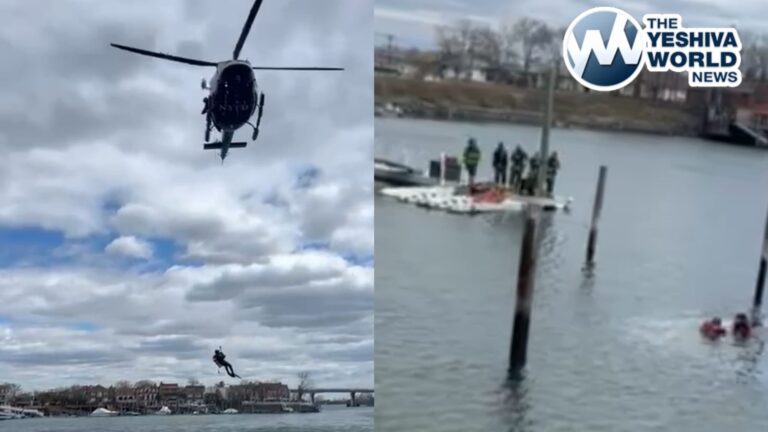The call of the wild is getting harder to hear.
Peaceful, natural sounds- bird songs, rushing rivers and rustling grass – are sometimes being drowned out by noise from people in many of America’s protected parks and wilderness areas, a new study finds.
Scientists measured sound levels at 492 places – from city parks to remote federal wilderness. They calculated that in nearly two-thirds of the Lower 48’s parks, the noise can at times be twice the natural background level because of airplanes, cars, logging, mining and oil and gas drilling.
That increase can harm wildlife, making it harder for them to find food or mates, and make it harder for people to hear those natural sounds, the researchers said. Colorado State University biologist George Wittemyer said people hear only half the sounds that they would in natural silence.
“They’re being drowned out,” said Wittemyer, a co-author of the research.
In about 1 in five public lands, there’s a tenfold increase in noise pollution, according to the study in Thursday’s journal Science .
“It’s something that’s sort of happening slowly,” Wittemyer said.
Except for city parks, though, the researchers are not talking about sound levels that people would consider unusually loud. Even the tenfold increases they write about are often the equivalent of changing from the quiet of a rural area to a still pretty silent library.
But that difference masks a lot of sounds that are crucial, especially to birds seeking mates and animals trying to hunt or avoid being hunted, Wittemyer said. And it does make a difference for peace of mind for people, he said.
“Being able to hear the birds, the waterfalls, the animals running through the grasslands … the wind going through the grass,” Wittemyer said. “Those are really valuable and important sounds for humans to hear and help in their rejuvenation and their self-reflection.”
For study lead author Rachel Buxton, a Colorado State conservation biology researcher, it can be personal. She points to a Thanksgiving weekend hike last year with her husband in the La Garita Wilderness in southern Colorado.
“We went to escape the crowds. We went to be totally isolated and have a real wilderness experience,” Buxton recalled. “As we’re hiking, aircraft goes overhead. You’re walking along and you can hear the jet coming for ages.”
The research team, which includes a special unit of the National Park Service, not only measured sounds across the U.S., but they also used elaborate computer programs and artificial learning systems to determine what sounds were natural and which were made by people.
“The study makes perfect sense to me,” George Mason University biology professor David Luther, who wasn’t part of the research. He said in an email that he’s noticed more noise at many sites throughout the U.S.
“Olympic National Park is currently suffering high amounts of noise pollution from military flight trainings low over the park and visitors have been complaining loudly about the diminished wilderness experience,” he wrote.
But there are still some places where you can get away from it all, Buxton said, highlighting Great Sand Dunes National Park in Colorado.
(AP)











